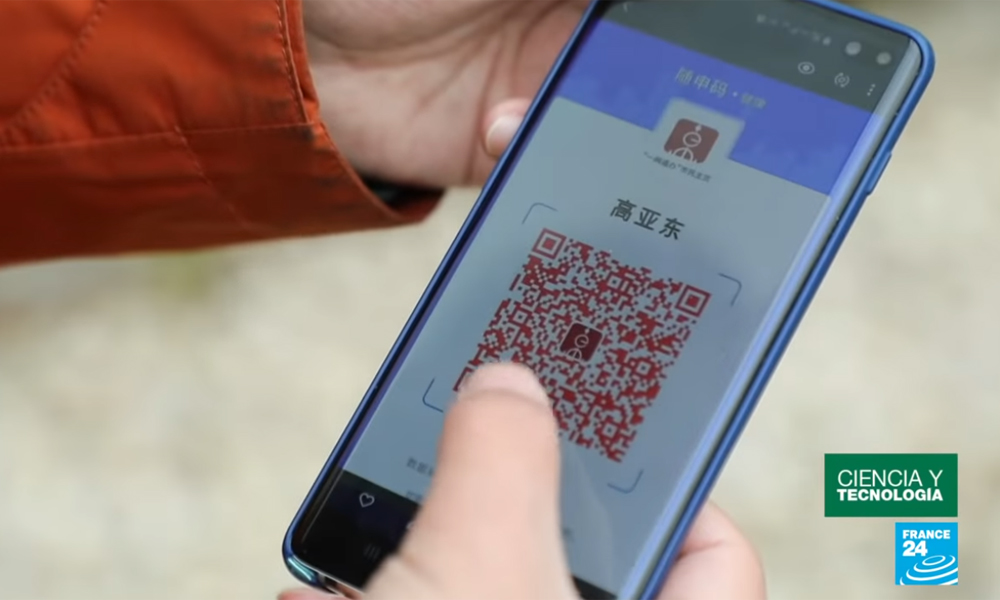China hasset up a Covid-19 coronavirus control system based on the use of an app for cell phones and QR codes.
Keeping the spread of the Covid-19 coronavirus in check in a country so vast and with so many millions of inhabitants appears to be an impossible challenge.
For this reason, China, in a strong bid to use technology and mobile devices, has launched a system based on Big Data, a mobile app and the use of QR codes to identify the possible degree of affectation of individuals and thus limit/control their movements.
How Does the Coronavirus Control System With QR Codes Work?
Users must install an app on their cell phone that is responsible for generating and assigning an identifying QR code. This QR can have three states, like a traffic light.
Depending on the user’s health status, the app assigns them a QR that determines their degree of mobility.
| QR Color | Status | Mobility Level |
|---|---|---|
| Green | No Virus | Allowed |
| Amber | Danger of Contagion | 7-Day Confinement |
| Red | High Danger of Contagion | 14-Day Confinement |
In order to leave home, people must have the app and therefore the QR code generated by it.
The QR Code needs to be scanned in order to access public venues such as shops and restaurants, as well as government offices or buildings in China.

Features of the COVID-19Control App
The application, called Suishenban, can be installed either as a standalone app or bundled with the most commonly used apps by Chinese citizens such as Alipay and WeChat.
Alipay and WeChat are the most installed apps in China. Alipay, from the Asian giant Alibaba, is an online payment application, while WeChat is the Chinese equivalent of WhatsApp. With this strategy, the Chinese government ensures massive implementation.
Citizens must first register online, where identification data such as name, ID number, address, etc. are collected, and then provide additional information through a questionnaire that includes data on habits, travel, contact with affected people, and questions about symptoms. Finally, users must give the app extensive permissions on their mobile device, including, of course, geolocation.
Among the measures that have been adopted, drones fly over cities with a QR code, so that those who have not yet done so can scan a QR to install the application.

Repercussions of COVID-19 Control Implementation
As assured by the Chinese government, the system is based on a massive analysis and cross referencing of information from different databases and sources such as mobility data offered by the telephone operators themselves, means of transportation, geolocation of QR code readings, purchases and payments made.
Citizens must update their data daily by entering body temperature readings if they do not want to see the QR code change from green to red, and therefore have their mobility limited.
The system has therefore become a monitoring tool in a country where individual freedoms are already seriously in question.
The government has a system for monitoring in real time the activity, movements, habits, activity and social interactions of millions of citizens.
Not surprisingly, although similar measures or systems are being considered in other countries, such systems are in direct conflict with data protection laws and individual privacy rights among others.
The QR code here is the least important aspect. The fact is that technology has made it possible to replace the old identification bracelets or tags with a color-coded traffic light in the form of a QR.
Fonts:
- https://www.france24.com/es/20200313-china-el-c%C3%B3digo-qr-para-detectar-el-covid-19
- https://www.nytimes.com/2020/03/01/business/china-coronavirus-surveillance.html
- https://www.theguardian.com/world/2020/apr/01/chinas-coronavirus-health-code-apps-raise-concerns-over-privacy
